Oat, almond or cow? How to pick the perfect milk
Here are seven dairy and plant-based options to try today.

Milk may well be the quintessential American food staple, but its foothold in kitchens appear to be slipping. According to data compiled by Statista, U.S. retail sales of milk have been on the decline since 2005, dipping from 53.5 billion pounds sold in that year to 45.48 billion pounds in 2017.
At the same time, sales of plant-based milks are on the upswing, growing 61 percent between 2012 and 2017, according to market research firm Mintel. Alterna-milks are now found in an estimated one-third of U.S. homes.
“It’s definitely a great time to be dairy-free,” says Amy Shapiro, RD, founder of Real Nutrition NYC. But even though a product may be labeled “organic,” “vegan” or “milk substitute” does not mean it’s the ideal choice for your specific dietary needs. Here, we break down the pros and cons of seven popular dairy and non-dairy alternative beverages.
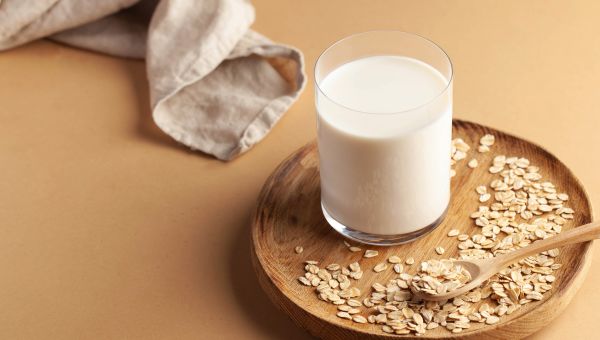
Cow’s milk
Pros: Amy Shapiro, RD points out that one of the best features of traditional dairy milk is its nutritional profile. “If you’re drinking whole milk, one 8-ounce serving has about 8g of fat, 12g of carbohydrates and about 8g of protein,” she says. “It’s a nice balance.” It also offers vitamins A and D, calcium, potassium and omega-3 fatty acids.
Cons: “Some people cannot digest the sugar molecules in milk, the lactose. So if you’re lactose intolerant, you might have diarrhea, gas, bloating and discomfort,” explains Shapiro. “Also, we’re the only species that drinks another species’ milk, and a lot of people are hung up on that issue.”
When Shapiro does recommend dairy milk to her clients, she suggests choosing an organic product.

Goat’s milk
Pros: This other dairy option may offer higher levels of certain nutrients than typical milk. Depending on the brand, goat’s milk may have more vitamin A, calcium and potassium than a comparable serving of cow’s milk.
Cons: If you suffer from lactose intolerance, this is probably still not the right beverage for you. Also, the should-we-be-drinking-another-species’-milk question comes into play with goat’s milk, as it would with cow’s milk.
“Goat’s milk is not as widely available as cow’s milk, but you can possibly find it locally and in smaller shops,” says Shapiro. If you opt for this dairy alternative to cow’s milk, she recommends choosing an organic version.
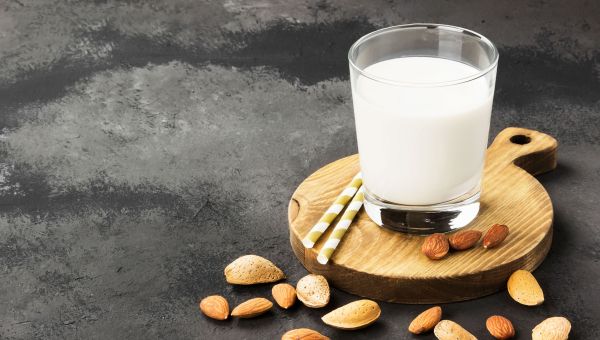
Almond milk
Pros: “Almond milk is a great beverage for those who are looking for a low-carb dairy replacement,” says Shapiro. One 8-ounce serving of the unsweetened type contains roughly 35 to 40 calories and 3g to 5g of fat.
“While you’re not consuming the bulk of the almond, some of the fat is still coming through,” she says. “Yet it’s still low in calories, which makes it a good ingredient in smoothies and hot chocolate and a good addition to coffee and tea.
Overall, Shapiro says, almond milk is “pretty innocent, unlike a lot of other liquids we tend to drink.”
Cons: This popular vegan beverage is low in protein as well as some of the nutrients found in dairy milk, like vitamins A and D. “So you want to make sure to buy fortified almond milk that doesn’t contain added sugars,” advises Shapiro. And go organic, as well. “If you’re not purchasing organic almond milk, you may be getting some pesticides and other chemicals,” she says.
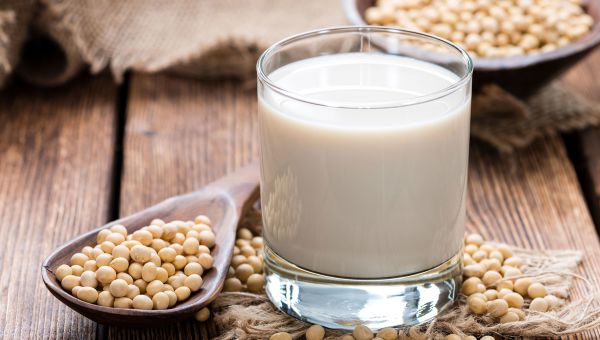
Soy milk
Pros: This was the original non-dairy milk beverage on the market, and it’s still widely available, says Shapiro.
“Soy milk, which comes from the soy bean, is high in protein—up to 8g per one cup serving—while a lot of these other milks are lacking,” she notes. “It is also usually fortified with nutrients including vitamins A and D, vitamin B12, phosphorus and folate, and it contains some carbohydrates, so it’s more balanced, too.”
Cons: While Shapiro advises eating soy in its most whole form, such as soy beans and tempeh, she does not recommend this plant-based milk to her clients because of the way it is produced. “The issue I have with soy milk is that it’s a very processed form of soy,” she explains. “Once we start turning soy into milk, the quality of the soy becomes a little questionable.”
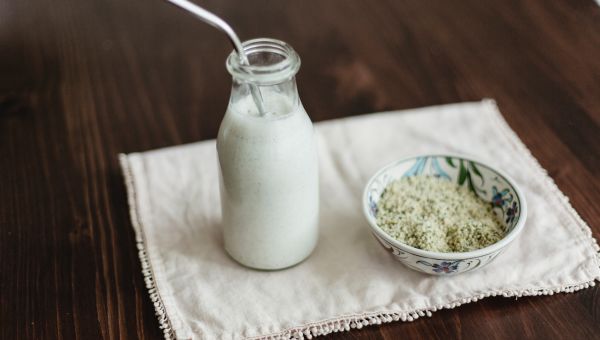
Hemp milk
Pros: Shapiro refers to this alternative milk as the “new up-and-coming product” and says one of its biggest benefits is that, like almond milk, it offers more fat than carbohydrates.
“Hemp milk provides the types of fats that we’re not usually getting enough of in our diets: omega-3 fatty acids, which are the brain- and heart-protective fats found in salmon and other foods that Americans don’t typically eat enough,” she says.
The fat content of hemp milk is decent for a non-dairy product: one cup contains roughly 5g of fat. “And because it is a seed,” Shapiro says, “it does provide some protein, around 3g per serving.”
Cons: Not everyone will enjoy this grassy-flavored drink. “You probably need the right palette to prefer hemp milk,” adds Shapiro. As with the other options, she also advises opting for the unsweetened version in order not to consume excessive sugar.
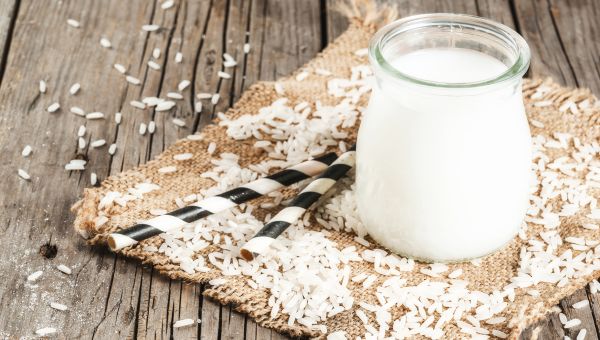
Rice milk
Pros: “Rice is pretty benign in terms of allergies, so for those people with dairy, nut and seed allergies, it’s a viable alternative,” says Shapiro. The calories are on the lower end of the spectrum—about 110 for 8 ounces—and the fat content is relatively low as well, at about 2.5g per serving.
Cons: Shapiro admits this milk is one of her least favorite options for a few reasons. For one, it’s “pretty much void of protein and fat,” she says. It’s also comparatively high in carbs—about 23g per serving.
There’s also a theoretical health concern that might scare off some consumers: Given the way it’s grown, in flooded conditions, rice might be more susceptible to contamination with arsenic than other crops. Although it’s unclear how much rice milk you’d have to drink to increase your risk of adverse effects from arsenic—or how great that risk might be—“it’s one of those things we want to make sure we’re not overdoing,” says Shapiro, just to stay on the side of caution.
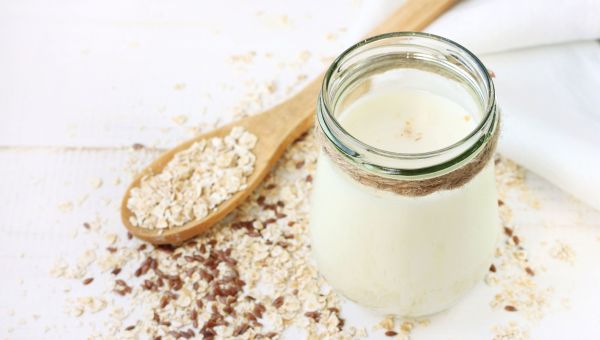
Oat milk
Pros: “This is the hot new milk,” says Shapiro. “It’s becoming trendy because it’s creamy and because people are getting sick of nut milks.” Since this alternative beverage is made from oats, it’s naturally gluten-free, and it’s also a good choice for people with dairy or nut allergies. Also, oat milk is relatively low in fat—ranging from 3g to 5g per serving—and offers up to 4g of protein.
Cons: Depending on the brand, this “in” milk contains minimal nutrients, unless it’s fortified. And like rice milk, oat milk is high in carbohydrates, ranging from 16g to 24g per 8-ounce serving.
“Keep in mind that one serving of carbohydrate equals 15 grams of carbs, so one cup of oat milk holds more than one serving of carbs,” says Shapiro. “This is something people with diabetes need to be aware of, and it may be detrimental for those who don’t realize that.”
More On


video

article

slideshow


video


video
